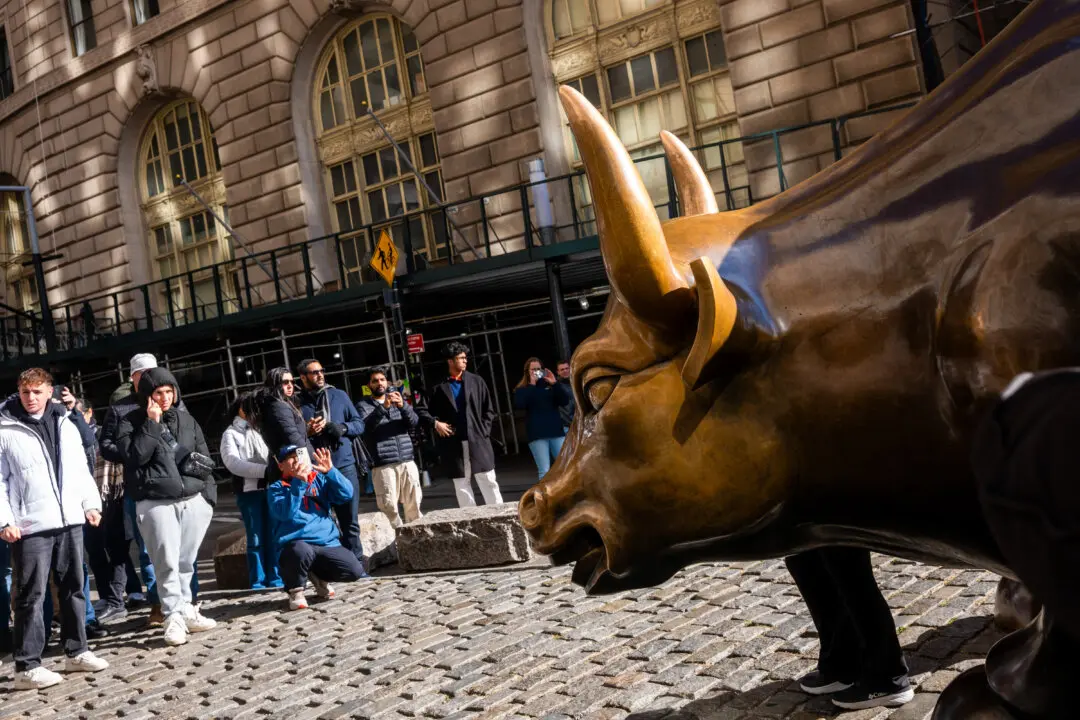Commentary
The stock market trended down most of last week, but investors’ animal spirits were lifted on Friday after an unexpectedly positive jobs report was released, as well as some positive earnings reports. The the benchmark S&P 500 Index rose 1.2 percent on Friday to help the index close the week up almost 0.5 percent. However, I would caution anyone not to overreact to the monthly jobs report, as it is usually inaccurate and premature, subject to large revisions in future months as well as statistical “seasonal averaging” to flatten out the raw statistics.





